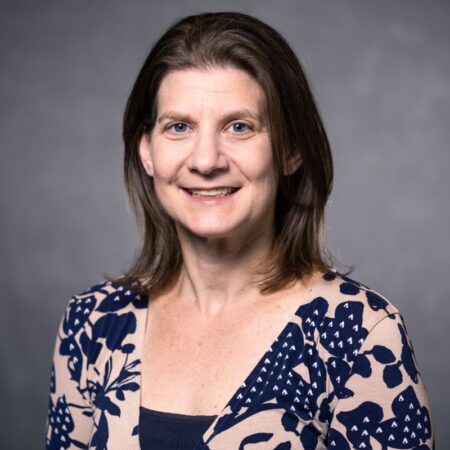Refine
Date Range Clear
Recorded by Clear
Keywords Clear
Partnerships Clear
- COVID-19 American History Project 2
- Community Voices of Lake Geneva 1
- UT Austin: McCombs School of Business 1
Organizations Clear
Places Clear
Languages Clear
Initiatives Clear
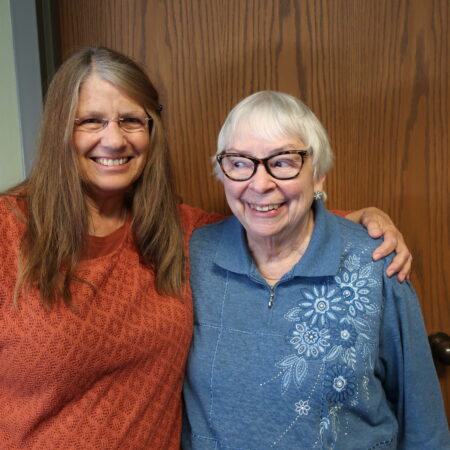
Lynn Preston (71) interviews her friend Patricia Cosgrove (87) about Patricia's career as a teacher, her work as a teacher's advocate, and her advice for future teachers.
Jeremy Werdell, an Oceanographer in the Ocean Ecology Laboratory at NASA Goddard Space Flight Center, discusses his lifelong passion for studying the ocean, which started with a school field trip to a marine biology lab. He describes how happening to...
Ioan Lascu, research geologist at the Smithsonian Museum of Natural History, shares stories of his work studying minerals and rock magnetism. What do bacteria affect magnetism? What can we learn from stalagmites and stalactites? Why has there been in a...
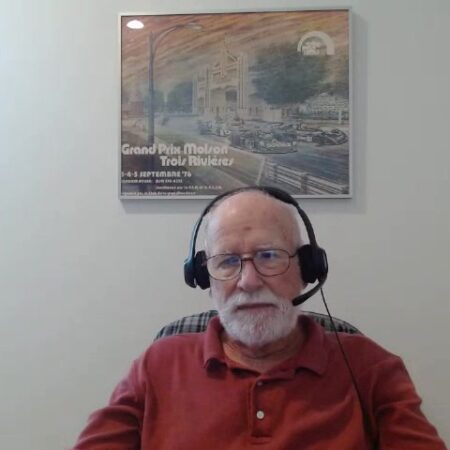
One Small Step conversation partners Jim Brown (75) and Paul Anderson (78) have a conversation about their backgrounds, losses in life, political views, education, the environment, and meeting up in the future for a beer. They find common ground despite...

Natalie Johnson (47) interviews her friend Mark Wong (55) about his work as a potter and his involvement in the local art community.
Steven Pawson, Chief of the Global Modeling and Assimilation Office at NASA Goddard Space Flight Center, shares his experiences working on atmospheric and Earth systems science, including interactions between the Ozone Layer and climate change, and predicting air quality for...

Stephen Yonkowski (86) talks to his daughter, Stephania Holland [no age given], about his childhood, his family, and his career as an engineer.
Lawrence Friedl discusses his life and experiences as Director of the Applied Sciences Program in the Earth Science Division at NASA Headquarters. Interested in space from a young age, he developed an interest in how the environment and public policy...
Multi-talented Korean War Veteran and artist also worked on the first lunar module to land on the Moon. Interview 1 of 3. Jim Ingham and his family are talented singers, he is also proficient in playing the bagpipes and Native...
His application to be an astronaut may have been turned down, but Paul Hertz is playing a big role in helping us understand how the universe works as the Director of Astrophysics at NASA. He found his passion for astrophysics...

Katie Spellman (36) speaks with her mentor and collaborator, Christa Mulder (no age given), about their relationship, their pathways in science, what makes for a good mentor and collaborator, and what they have learned from each other.
Paul Newman, Chief Scientist for Earth Science at NASA Goddard Space Flight Center and the co-chair to the Montreal Protocol, is one of the planet’s top ozone watchdogs – a self-described detective who looks for any chemicals which may deplete...
David Crisp, senior research scientist at NASA, recounted his adventures, from going from a physics education major who had a paper on Venus winds published by Carl Sagan to a doctoral student at Princeton to helping fix Hubble. He described...
Jonathan Hale is one of 25 students in the new Student Airborne Science Activation (SaSa) program at the NASA Ames Research Center. Students at SaSa are undergraduates from minority-serving institutions, competitively selected across the United States. Over the course of...
Imagine this upbringing: only child, suburbs of Maryland, daughter of a mathematician and a pastry chef. If you guessed that child would achieve a management role with NASA’s famed IceBridge2 mission, congratulations, you truly have exceptional foresight. Linette Boisvert McPartland...

Danielle Patterson Varner (42) interviews her colleague Paul Pierce (68) about his career in the theater industry. They also discuss the importance of community theater as a space for storytelling and identity-building, as well as the legacy of kindness Paul...
Adrian Brown is the deputy scientist on the Mars 2020 Rover mission at NASA Headquarters in Washington, D.C.. Adrian uses his background in geology to explore Mars via the Mars Rover, living out his childhood fascination with the planets. He...

Emelie C. Gill (91), tells her daughter, Alicia (50), about growing up in Kansas City, meeting her husband Pat, working during WWII, and moving to Houston so that Pat could work for the space program.
Thomas Barton interviews Chris Barton about his experiences at NASA
Dr. Ella Sciamma-O’Brien is a research scientist in laboratory astrophysics and planetary science. As a member of the Astrophysics and Astrochemistry Laboratory at NASA Ames Research Center, Dr. Sciamma-O’Brien has been working on the Titan Haze Simulation (THS) experiment, developed on the...
Melissa Trainer is a planetary scientist at NASA Goddard Space Flight Center, and is working on the upcoming Dragonfly mission. We talked to her about pitching Dragonfly and finding out whether it got accepted on TV, accepting opportunities you didn’t...
Jim Irons grew up in the 1960s and 1970s in Cleveland when environmental conservation was becoming more important for society, but it wasn’t until the Cuyahoga River in his hometown of Cleveland caught on fire in 1969 that his desire...
Allison Leidner is a program manager for Energy and Infrastructure applications at NASA’s Earth Science Division where she helps inform and connect decision-makers with the science behind renewable energy and climate resilient infrastructure. A conservation biologist by training, Allison recently...
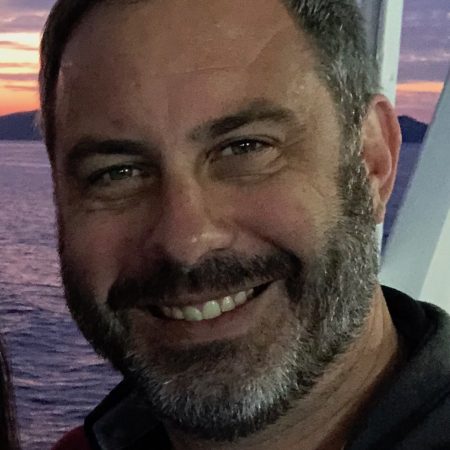
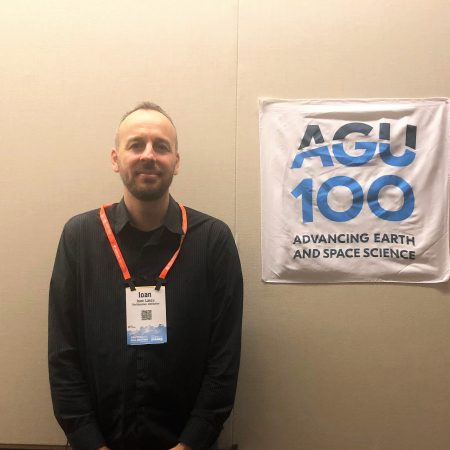

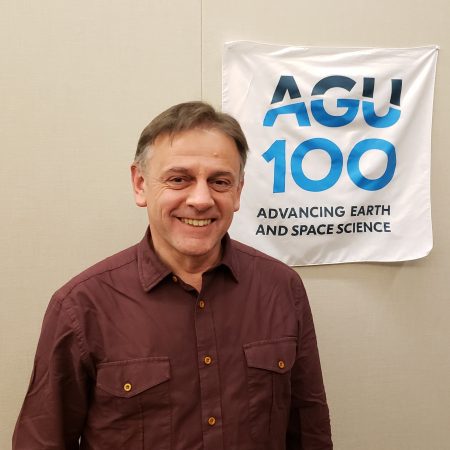
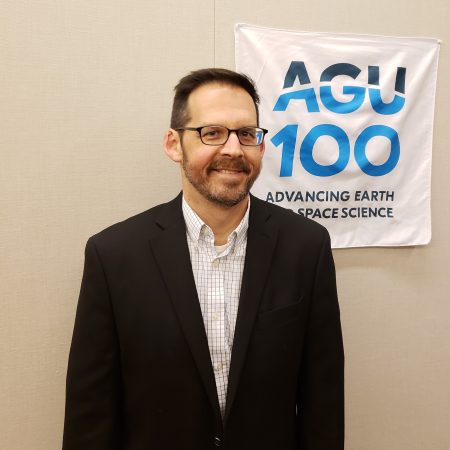
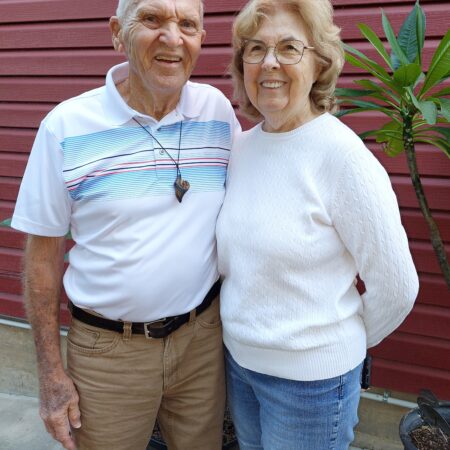
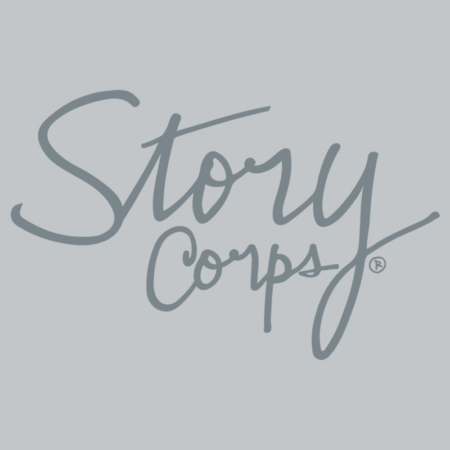


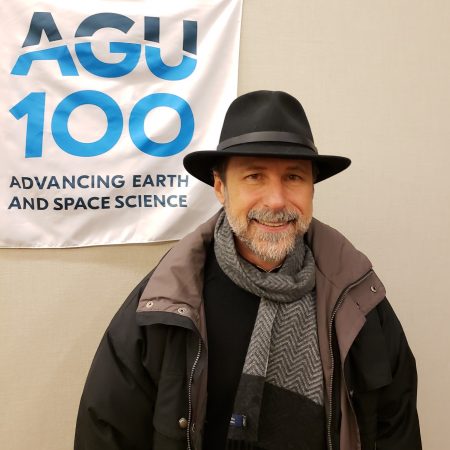
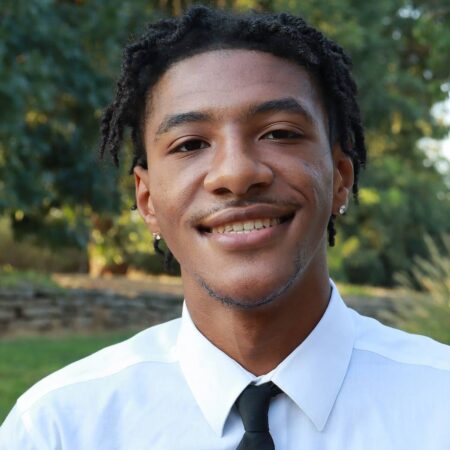
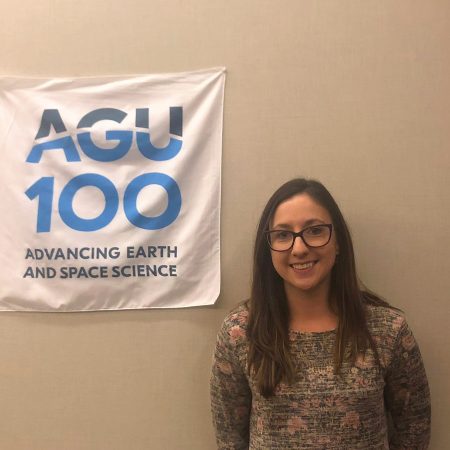
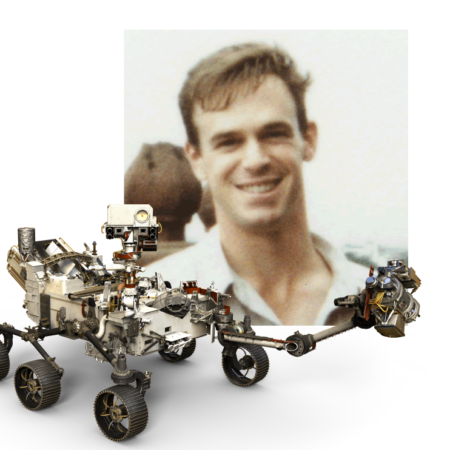
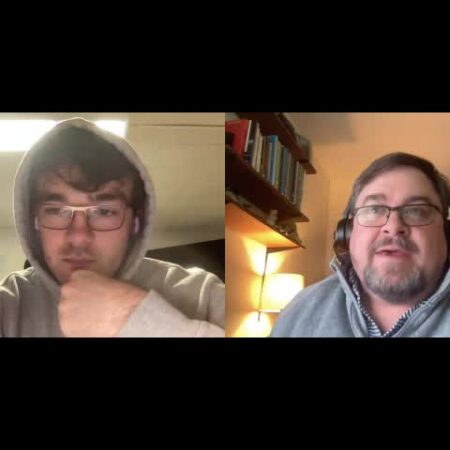
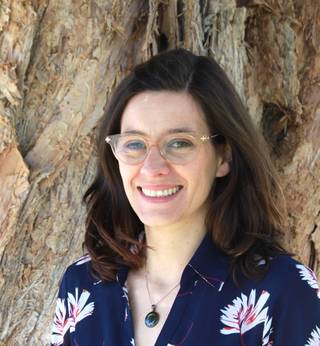

!["AGU is interdisciplinary, [it] helps breaks down the disciplinary stovepipe we often get into." an interview with Jim Irons](https://archive.storycorps.org/uploads/2019/02/181212_Irons-450x450.jpg)
